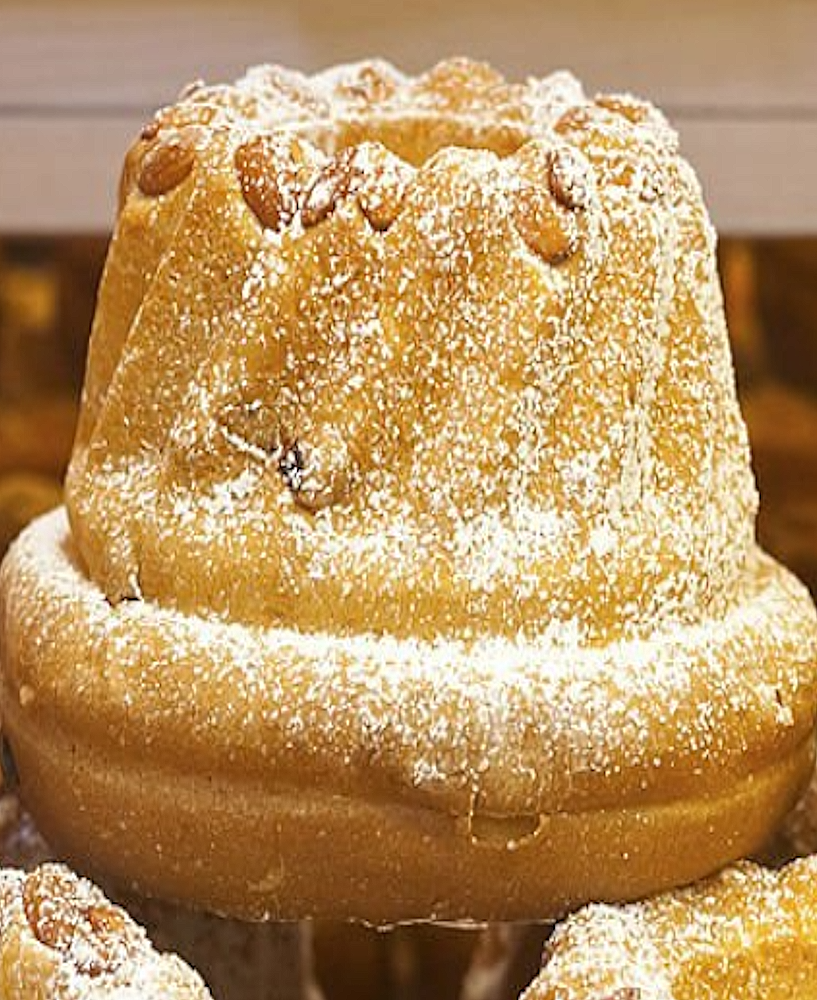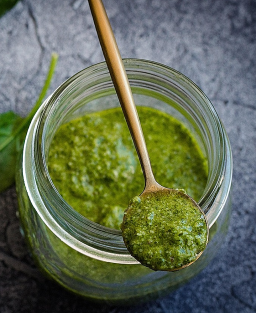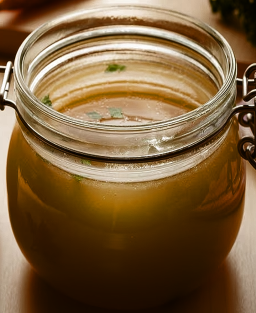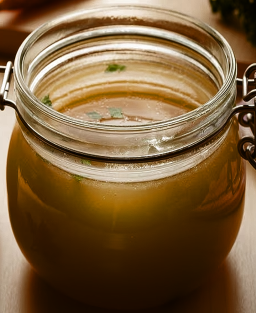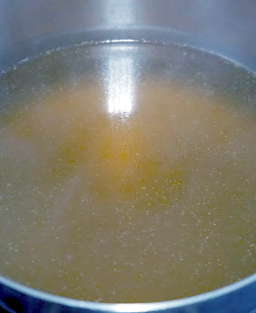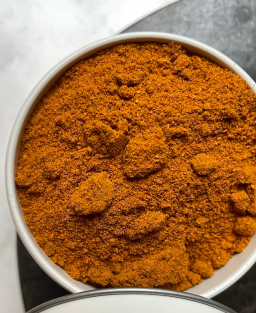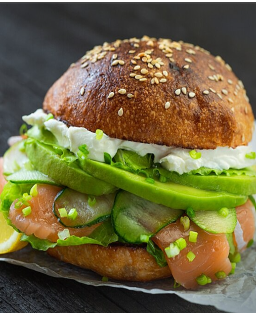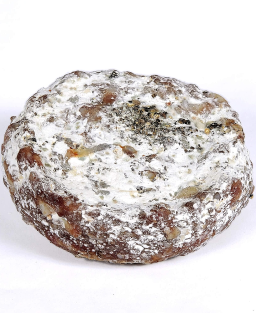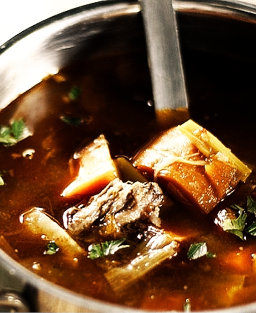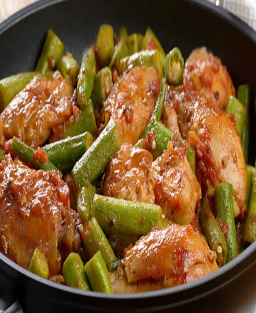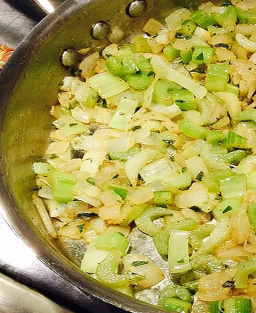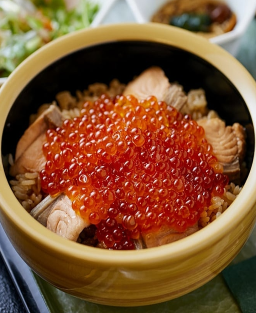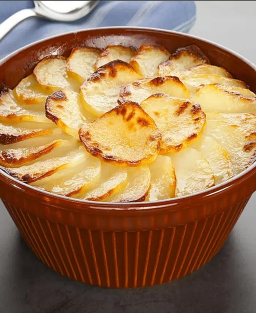- Out-of-Stock
Traditional Ancestral Recipe of Kouglof (Kugelhopf)
Traditional Ancestral Recipe of Kouglof (Kugelhopf)
Kouglof is considered an ancestral recipe because it has been passed down for centuries, from generation to generation, within families and communities of Alsace and Central Europe—often orally or through family tradition.
This doesn't necessarily mean that the recipe is “codified” in the modern sense (with an official recipe book or standardized instructions), but rather that it has a relatively stable form, recognized and respected within a community or region. The ingredients are well-known, the key steps are followed, and often there are specific gestures or rituals that accompany the preparation.
In the case of Kouglof, calling it an ancestral recipe means that:
-
It has been handed down for several centuries, at least since the 18th century,
-
The main ingredients (flour, yeast, butter, raisins, almonds) and the shape are consistent,
-
The preparation method (yeasted dough, fermentation, baking in a fluted mold) is traditional and has changed very little,
-
It is part of a strongly identified cultural culinary heritage (Alsace and surrounding regions).
In summary, an ancestral recipe is an old traditional recipe with clear and stable foundations, but which may vary slightly depending on families or local terroirs — as opposed to a modern "codified" recipe where everything is strictly standardized and documented.
Origin and History
Kouglof is an iconic pastry from Alsace, also found in other parts of Central Europe such as the Black Forest region of Germany, German-speaking Switzerland, and some regions of Austria and Bohemia. Its name comes from the German “Kugelhopf”, literally meaning “ball-shaped cake.”
This very old recipe is thought to have been introduced in Alsace in the 18th century, possibly by the Habsburgs or by migrants from Central Europe. The cake gets its characteristic shape—a tall, fluted crown—from a traditional clay or metal mold.
The popularization of Kouglof is often attributed to Sylvester Strauss, a Viennese pastry chef from the 19th century who is said to have settled in Strasbourg. Passionate about traditional pastries from his homeland, he reportedly brought with him a recipe for a yeasted crown-shaped cake, enriched with macerated raisins and almonds. This recipe, already known in German-speaking regions, was locally adapted in Alsace using regional ingredients.
It’s worth noting that this story is based on oral tradition, and no formal evidence confirms the historical existence of Sylvester Strauss. Nevertheless, his name has become symbolic of the cultural encounter between Viennese and Alsatian gastronomy.
A Jewish Ancestral Tradition?
Several historians and specialists suggest that Kouglof may have roots in the Jewish tradition of Central Europe, especially among Ashkenazi communities. Its shape, ingredients (raisins, almonds, butter, sugar), and preparation method are similar to other yeasted breads and cakes consumed during Jewish holidays, such as Challah.
Jewish families in Alsace and neighboring regions may have prepared this cake for Shabbat or major holidays like Passover or Rosh Hashanah, symbolizing sweetness in life, prosperity, and blessings.
This origin helps explain the geographical spread of Kouglof and its integration into Alsatian cuisine. It also highlights the richness of cultural and culinary exchanges in this multicultural region.
Ingredients (for a 22 cm mold)
-
500 g wheat flour
-
200 ml lukewarm milk
-
100 g unsalted butter, softened
-
100 g sugar
-
3 whole eggs
-
20 g fresh baker’s yeast (or 7 g dry yeast)
-
100 g raisins (soaked in rum or kirsch for 12 hours)
-
50 g whole almonds (for the bottom of the mold)
-
1 pinch of salt
-
Icing sugar (for dusting)
Detailed Preparation
1. Activating the yeast and preparing the dough
-
Dissolve the yeast in lukewarm milk (about 35°C / 95°F) with a spoonful of sugar. Let it foam for 10 minutes.
-
Sift the flour with a pinch of salt, add the sugar in a mixing bowl.
-
Make a well in the center, break in the eggs, and begin mixing.
-
Gradually pour in the milk and yeast mixture while kneading.
-
Incorporate the softened butter and knead for 15 minutes until the dough is smooth and elastic.
-
Cover with a clean cloth and let rise for 1.5 to 2 hours in a warm place, until the dough doubles in volume.
2. Preparing the mold and placing the almonds
-
Use a traditional Kouglof mold made of clay or fluted metal, around 22 cm in diameter and tall in shape.
-
Generously butter the inside of the mold, paying special attention to the fluted grooves to ensure easy unmolding.
-
Place one whole almond in each groove at the bottom of the mold. This is part of the tradition and adds crunch to the cake.
-
Place the mold on a baking tray or rack to ensure even heat circulation during baking.
3. Incorporating the raisins and filling the mold
-
Degas the dough (punch it down) and gently mix in the floured raisins.
-
Pour the dough into the mold evenly without pressing it down—it should have room to rise freely.
-
Cover with a cloth and let rise again for 45 minutes to 1 hour.
4. Baking
-
Preheat the oven to 180°C (356°F / gas mark 6).
-
Bake the mold with the opening facing up, just like a regular cake mold.
-
Bake for 40 to 50 minutes, until the cake is golden and puffed up.
-
Test for doneness by inserting a knife blade—it should come out dry.
5. Unmolding and finishing
-
Let the cake cool for 10 minutes.
-
Gently turn the mold over to unmold the Kouglof—this reveals the beautiful fluted crown shape.
-
Place the cake on a wire rack to cool completely.
-
Generously dust with icing sugar before serving.
Symbolism and Tradition
Today, Kouglof is a celebratory cake, a symbol of unity, sharing, and tradition. Its recipe has endured through the centuries, a testament to cultural exchange between Alsace, Central Europe, and Jewish traditions.
The raisins and almonds symbolize sweetness and prosperity, while the yeasted dough and crown shape represent unity and family bonds.











